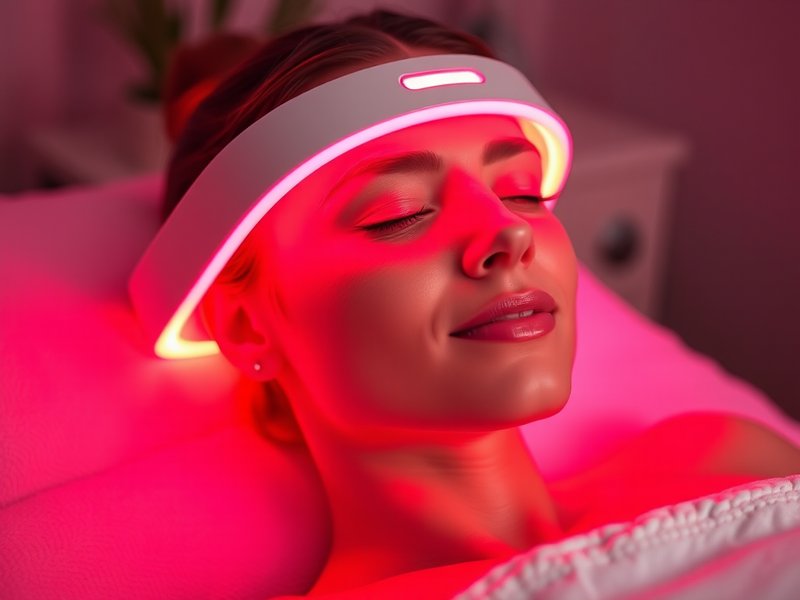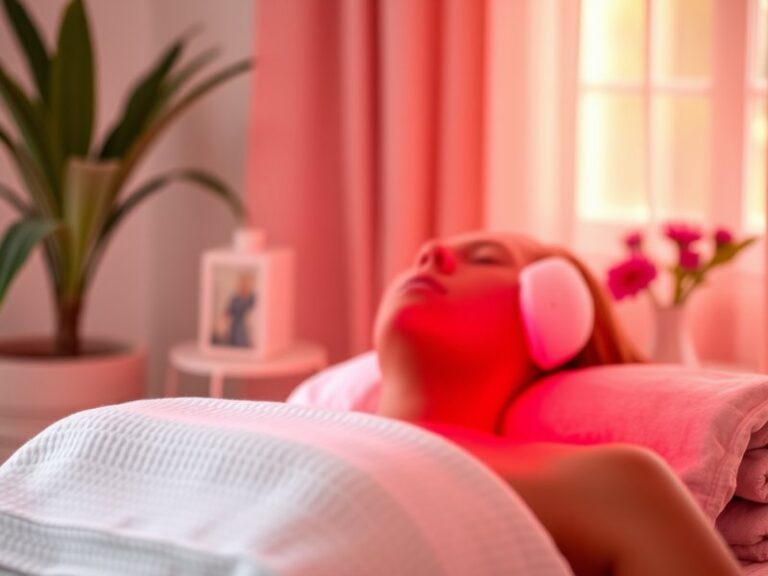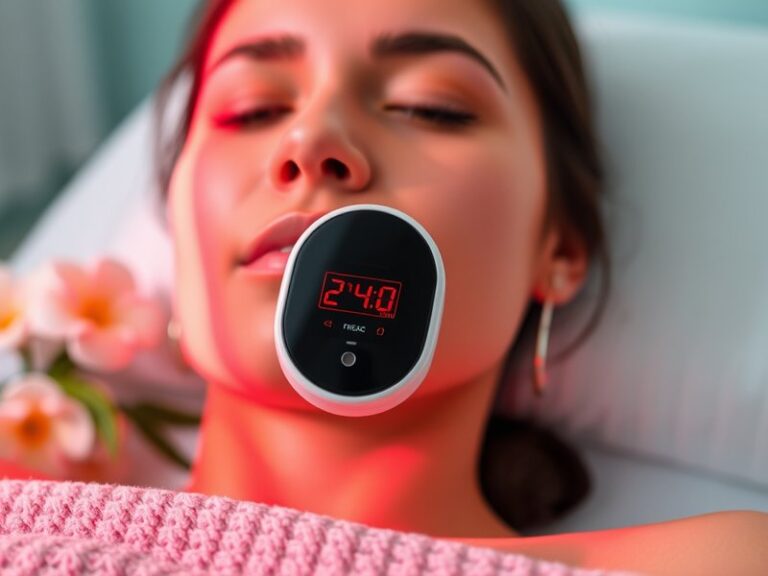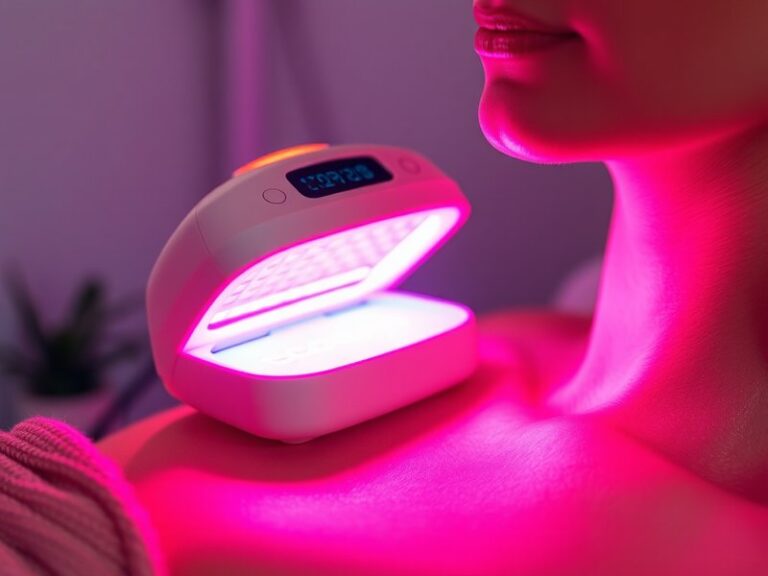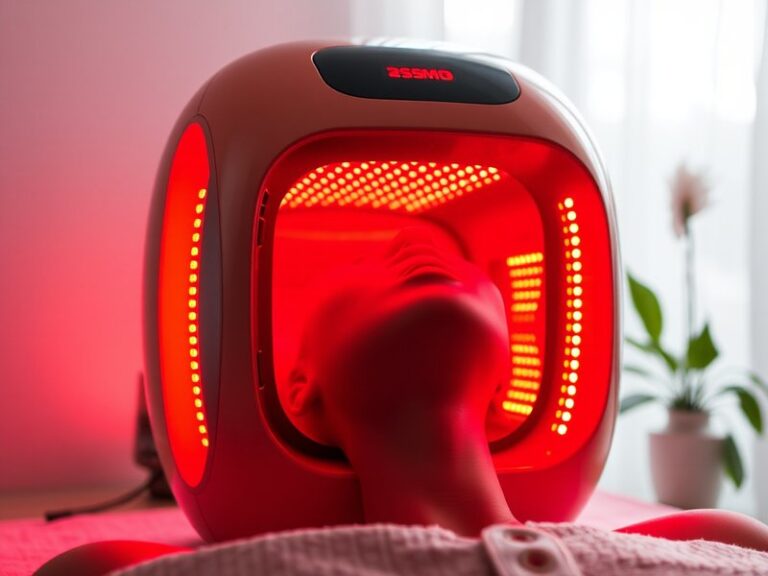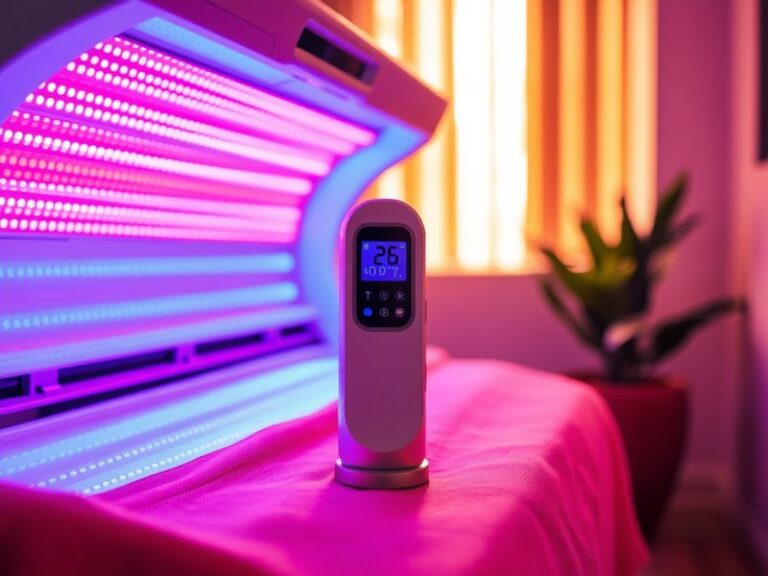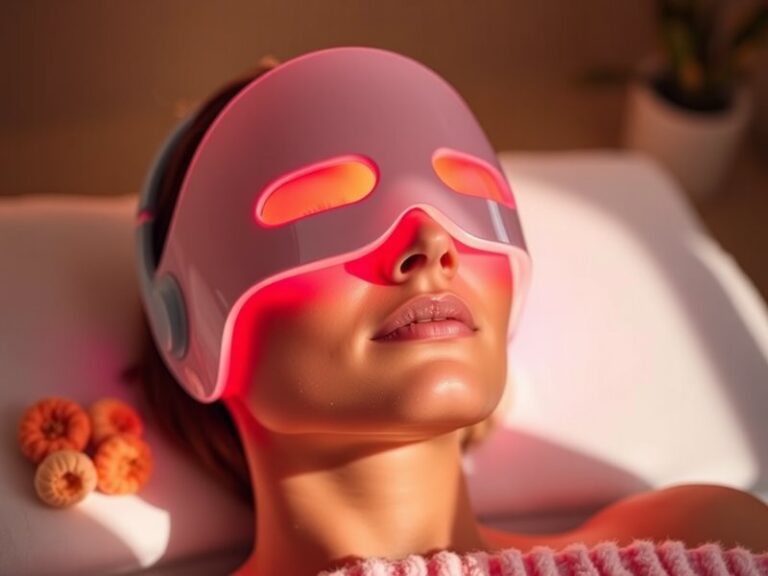Does Red Light Therapy For Skin Work?
Does Red Light Therapy For Skin Work?
Is your skincare routine reaching its limits? Are you looking for innovative ways to enhance your skin’s health and appearance?
This article delves into red light therapy, a popular treatment making waves in the beauty and wellness industries. We will explore its definition, benefits, practical considerations, alternatives, and finally, whether it’s a recommended option for your skincare regimen.
Key Takeaways
- Red light therapy is a non-invasive treatment that utilizes specific wavelengths of light to promote skin health.
- Its benefits include improved skin tone, increased collagen production, and reduced inflammation.
- While generally safe, it’s important to consider skin type, treatment frequency, and individual health conditions before starting therapy.
What is Red Light Therapy?
Red light therapy (RLT) is a therapeutic technique that involves the use of low-level wavelengths of red or near-infrared light, typically between 600 to 650 nm. This light penetrates the skin, stimulating cellular processes and promoting healing and rejuvenation. Initially used in medical settings for wound healing and pain relief, red light therapy has gained popularity in dermatology and aesthetics.
RLT promotes various biological effects by enhancing mitochondrial function, increasing ATP production, and accelerating tissue repair. With a growing body of research supporting its efficacy, many skincare enthusiasts are eager to understand how it can transform their skin.
What are the Benefits of Red Light Therapy?
This treatment is heralded for numerous advantages that can enhance overall skin health and appearance. Below we explore some of the primary benefits.
Improved Skin Tone and Texture
Red light therapy can significantly improve skin tone and texture. Studies show that regular exposure can reduce the appearance of hyperpigmentation, fine lines, and rough patches, resulting in a smoother and more even complexion.
Check our latest on Is Red Light Therapy Safe?
Increased Collagen Production
One of the most notable benefits of RLT is its ability to stimulate collagen production. Collagen is vital for maintaining skin elasticity and firmness, and enhanced collagen synthesis can help combat signs of aging. The result is firmer, plumper skin that looks youthful.
Reduced Inflammation and Acne
RLT has been found to reduce inflammation and promote healing in acne-prone skin. This ability to decrease redness and swelling makes it a beneficial option for individuals struggling with persistent skin conditions, allowing for clearer skin over time.
Enhanced Wound Healing and Repair
In addition to its cosmetic benefits, red light therapy assists in wound healing. By accelerating cell regeneration, it can be effective for recovering from skin injuries, sunburns, or post-surgical scars, promoting overall skin health.
Is it Possible to Use Red Light Therapy at Home?
Yes, using red light therapy at home is possible through various devices designed for personal use, including handheld devices, masks, and panels. Many products are available, making it accessible for people to incorporate into their skincare regimens.
What are the Advantages of Using Red Light Therapy at Home?
Using red light therapy at home offers several advantages.
Convenience and Accessibility
At-home devices allow for flexible and convenient treatments. Users can schedule their sessions during their most available times without needing to visit a clinic.
Cost-Effectiveness
Investing in an at-home red light therapy device can be more cost-effective than regular treatments at a professional clinic, especially over the long term.
Personalized Treatment
With home devices, users can personalize their sessions according to their specific needs, including adjusting the treatment times and frequency.
What are the Disadvantages of Using Red Light Therapy at Home?
While using red light therapy at home has its perks, there are also some disadvantages to consider.
Effectiveness Compared to Professional Treatments
At-home devices may not deliver the same intensity and effectiveness as professional-grade devices used in clinical settings, potentially leading to less noticeable results.
Learning Curve for Usage
Proper usage requires understanding how to effectively use the device, including distance, duration, and frequency of sessions. Improper usage might lead to suboptimal results.
Varying Product Quality
The market features a wide range of red light devices; however, not all are created equal. Some may lack proper wavelengths or power, resulting in inferior performance.
What are the Things to Consider Before Trying Red Light Therapy?
Before starting red light therapy—whether at home or in a professional setting—several key considerations should be taken into account.
Skin Type and Sensitivity
Individuals should assess their skin type and sensitivity levels. Those with sensitive skin conditions should consult with a dermatologist before treatment to avoid irritation.
Existing Health Conditions
People with certain medical conditions, particularly those related to skin diseases and sensitivities to light, should seek professional guidance before attempting red light therapy.
Consistency of Treatment
For optimal effectiveness, consistency is key. Users should be prepared to integrate this therapy into their regular skincare routine, as sporadic use may yield limited results.
What are the Alternatives to Red Light Therapy?
If red light therapy isn’t suitable or desired, there are several alternative treatments available.
Chemical Peels
Chemical peels utilize acids to exfoliate the skin, promoting cell turnover and improving texture. They can effectively target fine lines, hyperpigmentation, and acne scars.
Microdermabrasion
This treatment involves exfoliating the skin’s surface with tiny crystals, enhancing skin tone, texture, and overall radiance. It’s less invasive than red light therapy but may not offer the same depth of skin rejuvenation.
Laser Therapy
Laser treatments, like fractional laser, target various skin concerns. They promote collagen production and skin tightening but may require longer recovery times compared to red light therapy.
Conclusion: Is it Recommended to Try Red Light Therapy?
While research supports the efficacy of red light therapy for various skin concerns, its effectiveness may vary from person to person. The multitude of benefits, including improved skin tone, increased collagen production, and reduced inflammation, makes it a worthwhile consideration for many. However, potential users should evaluate their skin type, health conditions, and treatment goals thoroughly.
As with any skincare treatment, consultation with a dermatologist can help determine if red light therapy is a suitable option for your unique skin needs.
Frequently Asked Questions
Is red light therapy safe?
Yes, red light therapy is generally considered safe. However, individuals should consult a healthcare professional if they have any pre-existing skin conditions or concerns.
How often should I use red light therapy for optimal results?
Most recommendations suggest using red light therapy 2-5 times a week for consistent results. However, precise frequency may depend on the device used and individual skin needs.
Can I use red light therapy with other skincare products?
Yes, red light therapy can be integrated into your skincare routine. However, it’s best to use it with proper intervals between the therapies and product applications for maximum effectiveness.
Can red light therapy help with sun damage?
Research suggests that red light therapy can aid in reducing signs of sun damage through its restorative properties, helping to improve skin texture and tone.
Is there any downtime after red light therapy?
There is typically no downtime associated with red light therapy. Users may resume regular activities immediately after treatment.
See what we think about Red Light Therapy Locations
